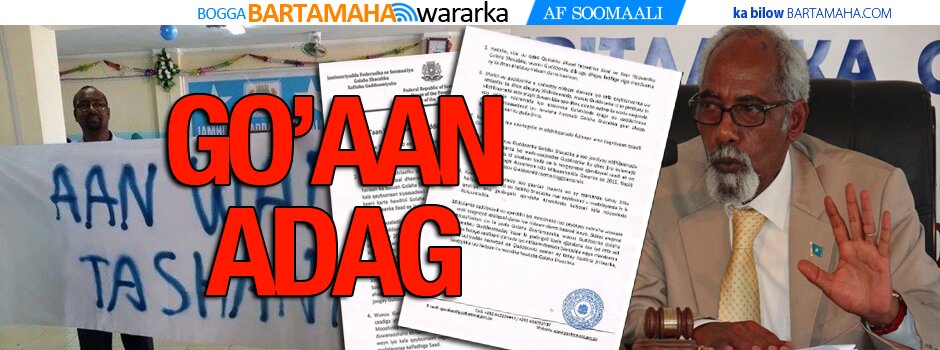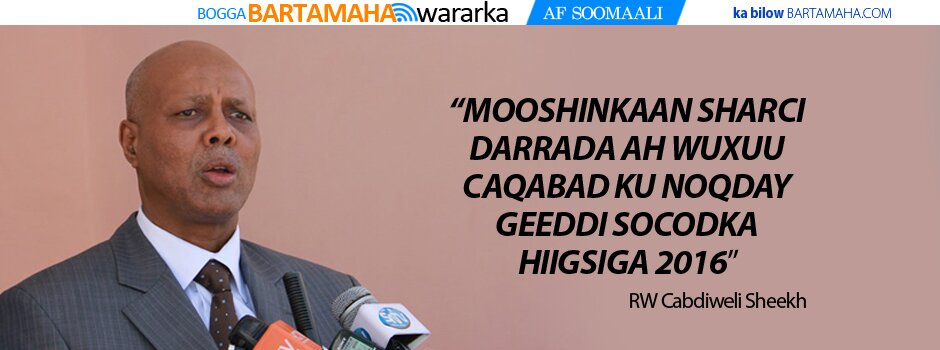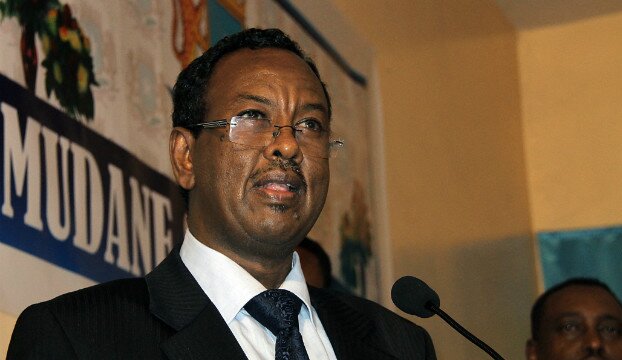Somalia: IDPs Dying To Get Food

By Abdulkarim Jimale
Nairobi, 03, June 2010 (BIN) -Nearly 20 years of anarchy and bloodshed has left some 3.7 million Somalis, half of Somalia’s population, in dire need of urgent aid, and facing the worst humanitarian crisis since the last two decades.
The last three years were the worst of all time; about 1.5 million Somalis fled their homes, seeking refuge in neighboring countries. Others are looking for food under awful conditions because war has prevented farming and other economic activities.
In some parts of southern Somalia, where the reign of Islamist militants is most prevalent, people are in horrific stages of starvation after the extremists banned every job that can potentially bring women and men together in public. Women are been beaten and even jailed for selling tea, khat, (a narcotic drug that Somalis chew its mild and stimulant leaves). Furthermore, they cannot operate small shops or work in grocery stores.
Local and international aid agencies are unable to operate in the southern regions because of threats from Al-Shabaab, the hard line Somali Islamist movement.
Since January of this year, World Food Program (WFP) was forced to suspend all of its operations in the southern Somali regions under the order of Al-Shabaab.
On 28th February, the Islamist group warned the local contractors working with WFP to avoid collaborating with the UN agency. Al-Shabaab released a statement saying “anyone working with the agency will be seen serving the interest of WFP.â€
“Due to threats, growing insecurity and unacceptable demands and conditions from armed groups in southern Somalia, WFP temporarily suspended its humanitarian operations in much of southern Somalia from 3 January.†Peter Smerdon, WFP spokesman toldBefore It’s News.
Al-Shabaab claimed that WFP and other aid agencies delivering food are disadvantage to Somali farmers and are have their own political agenda but a WFP spokesperson denied that claim.
In south and central Somalia, clan warlords were providing security for the aid agencies to distribute humanitarian food aid.
In the northeastern parts of Somalia, which is under the control of semi-autonomous regions like Puntland and Somaliland, the situation is much different. The local authorities provide protection to the aid agencies.
From early 2007, the Shabaab militias started killing and terrorizing clan elders who defy them, leading to the end of elders’ role in the community leadership since the government collapsed.
One meal for two days
The condition in the full internally displaced camps scattered across the war-torn country is depressing.
There is lack of shelter, food, clean water, medical facilities and sanitation. These conditions are not exclusive to the IDP camps; the other residents in southern Somalia including the capital Mogadishu face these same hardships.
“It’s raining season, we don’t have shelter from the rain and the hot sun, we live simply under trees, we don’t know where to go†Ahmed Fidow, a father of two, living in a camp outskirt of the uneasy capital told BEFORE IT’S NEWS.
Fidow was a businessman at Bakara Market in Mogadishu; he fled from the capital one year ago after deadly clashes erupted between the government troops and rebel militias.
“We used to get our daily bread from aid agencies and we had a small teashop at Elasha Biyaha Village, but this ended after Al-Shabab banned aid agencies and ordered my wife not to sell tea,†he said.
“After we closed our teashop, we get one meal a day, some times one meal for two days, my children are in the brink of starvation, I am wondering if they may die soon,†he said.
Sahro Ali, a disabled person at Mogadishu’s Madina district, lost her right leg after mortars hit her shop “I don’t have food and care. I can’t go to look for food because I am disabled,†she told BEFORE IT’S NEWS while crying.
“Some times my neighbors bring some little food for one day but I use it for two or three days,â€
“Not enough food, no medical facilities, no work, I am waiting to die when my day comes,†Ali said.
Shamsa Mohamed, 35 years old, a mother of seven kids, lives in one of the overcrowded camps at Elasha Village, southwest of Mogadishu said “the situation is really appalling. Everyday the life is getting worse than the day before,â€
Her husband was a teacher, but he died when a stray-bullet hit him early 2009 but one of her kids joined the militias in 2007 to earn some money for the upkeep of the family.
“One of my sons is a militiaman, he give us $100 US per month,â€
Habiba Abbas, only 14 years old, begs at the markets to get food and some other things for her family. “Every morning I go to Bakara Market to beg for my family, some times I get 30,000 Somali shilling (nearly $1 US) or less,†she said.
Abbas was a standard six student, but later when her family fled from north Mogadishu, she left school.
Bakara market, a rebel held area, is one of the most dangerous places in Mogadishu; whenever the warring sides fight in the other parts of the capital, shelling lands at the market, causing civilian casualties and great damage to the properties.
Elder’s plea
“People are dying from hunger, war destroyed everything, we are appealing to aid agencies to come back and operate in south and central Somalia,†Mohamud Sheikh Ali an elder in Afgooye town, about 30kms to south of Mogadishu said.
“There is lack of water, shelter and food. Sometimes families in the camps can’t get food for days because of the war.â€
However, Al-Shabaab spokesman Ali Mohamud Rage said they will teach the people who used to get food from aid agencies how to farm, but this is not clear and can’t rescue 3.7 million Somalis who are dying from hunger.
The IDPs and Somalis in southern Somalia are experiencing the worst times and life is not getting any better.
Comments
comments
 Calendar
Calendar





































